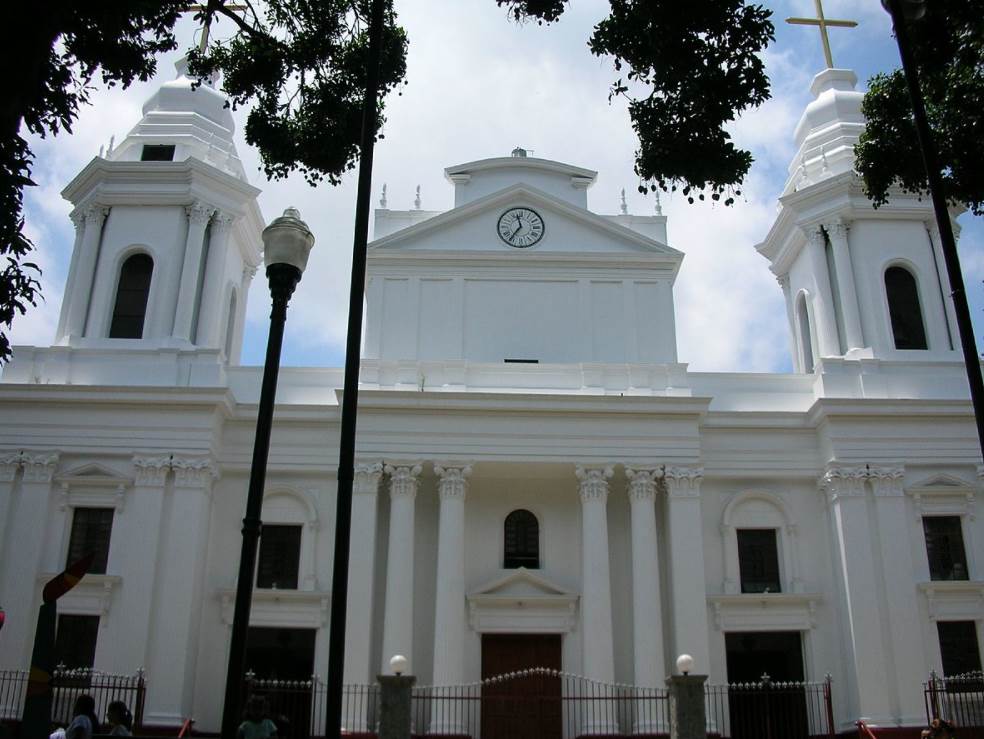Costa Rica is a small country in Central America that is known for its abundance of natural wonders.
The country is sparsely populated and about 40% of its inhabitants live in the metropolitan area of its capital San José. Many of the architectural highlights of the country can be found here.
Because of its multiple attractions and tourist spots, Costa Rica has become the most-visited country in Central America with most of the visitors coming from the United States and Europe.
The country is known to be a pioneer of ecotourism and is home to numerous resorts targeting adventurous people interested in nature.
In this article, you can find a list of the most famous buildings in Costa Rica and learn some of the most interesting facts about them.
1. Basilica of Our Lady of the Angels
The Basilica of Our Lady of the Angels is the main basilica in the city of Cartago, the capital of the province with the same name in the central part of Costa Rica.
The original church on this location was built in 1639 but was partially destroyed by an earthquake and has been restored since. The current building dates back to the year 1939.
The church features a mix of colonial and byzantine architectural styles, quite a unique combination. Especially the interior of the church looks magnificent and is one of the absolute architectural highlights in the country.

2. National Theater of Costa Rica
The National Theater of Costa Rica is the main performing arts center in Costa Rica. It was constructed between 1891 and 1897 and is located in the heart of San José, the country’s capital.
The building is considered to be an architectural marvel and especially the lavishly decorated interior is held in high regard. It was built during a time when San José was nothing more than a village with less than 20,000 inhabitants.
The exterior of the building is topped with monumental sculptures of famous artists such as Calderón de la Barca and Ludwig van Beethoven.
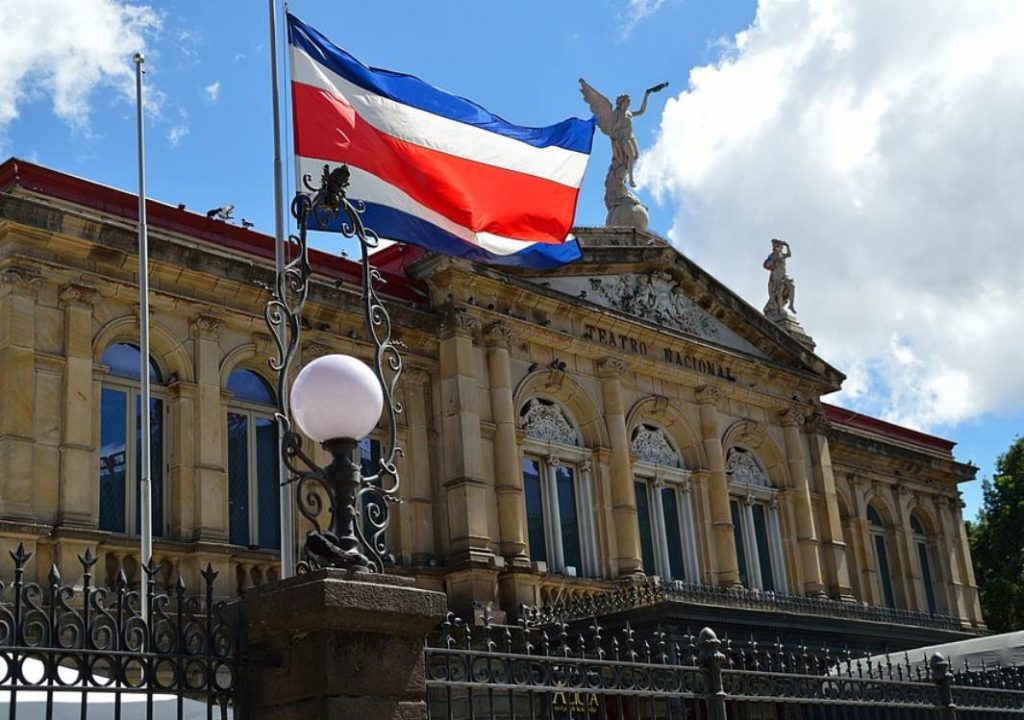
3. Museo del Jade Marco Fidel Tristán Castro
The Museo del Jade Marco Fidel Tristán Castro is one of the most distinctive buildings in Coast Rica. It’s the home of the largest collection of American Jade in the world and was founded in 1977.
It’s located at a popular square in San José called the Plaza de la Democracia. It was named in honor of its founder, Fidel Tristán Castro, the president of the National Insurance Institute of Costa Rica.

4. Iglesia de Orosi
The Iglesia de Orosi or “Orosi Church” is located in the Orosi district of the Cartago Province in central Costa Rica. The original church was built in 1767 by Franciscan friars.
This was during the time that this region was still a Spanish colony which makes it one of the oldest buildings in Costa Rica.
The church was dedicated to Saint Joseph and is currently used as a museum of religious art. The colonial-style building has been a national monument in the country since 1985.
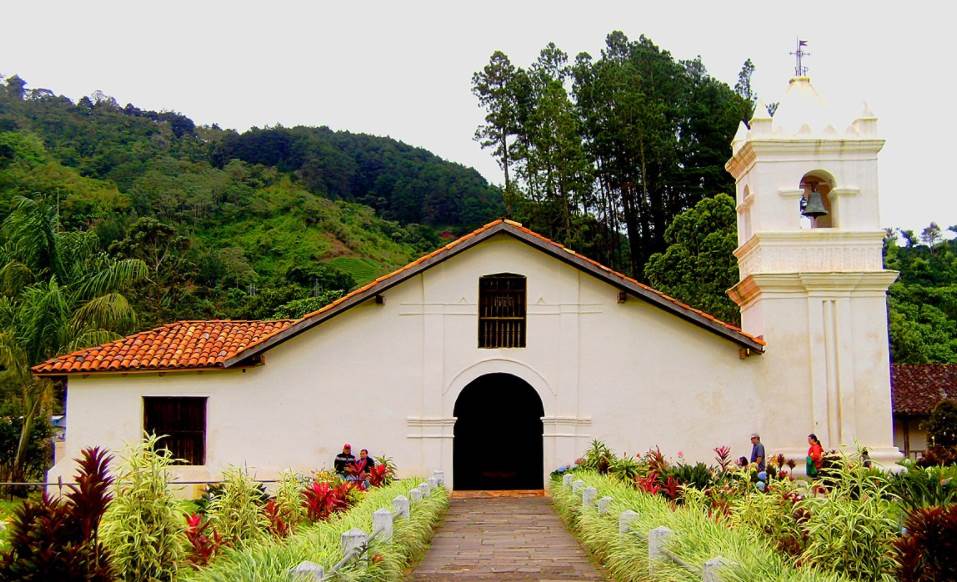
5. Legislative Assembly of Costa Rica San José
The Legislative Assembly Building in San José is one of the newest additions to the city as it was constructed between 2018 and 2020. It’s the main building of the Legislative Assembly of Costa Rica.
The building has 18 floors and stands 80 meters (262 feet) tall. It was quite an expensive rebuilding as well because the final price tag was nearly $150 million.
The structure was built to replace the former Central Building which dates back to the 1930s and became unsuited for its purpose. The design lacks windows and has a dark color, the elements that have been criticized.

6. National Museum of Costa Rica
Costa Rica is much more than natural parks full of wonders of nature, it has a rich history as well.
The best place to learn everything about the history of this fascinating country in Central America is the “Museo Nacional de Costa Rica,” or “National Museum of Costa Rica,” located in the capital city of the country San José.
The museum was established in 1950 and is pretty much a must-visit attraction if you want to discover everything about culture in Costa Rica, the country’s national history, and its heritage.
The museum also features a butterfly garden and plenty more.
Official website: Museo Nacional de Costa Rica
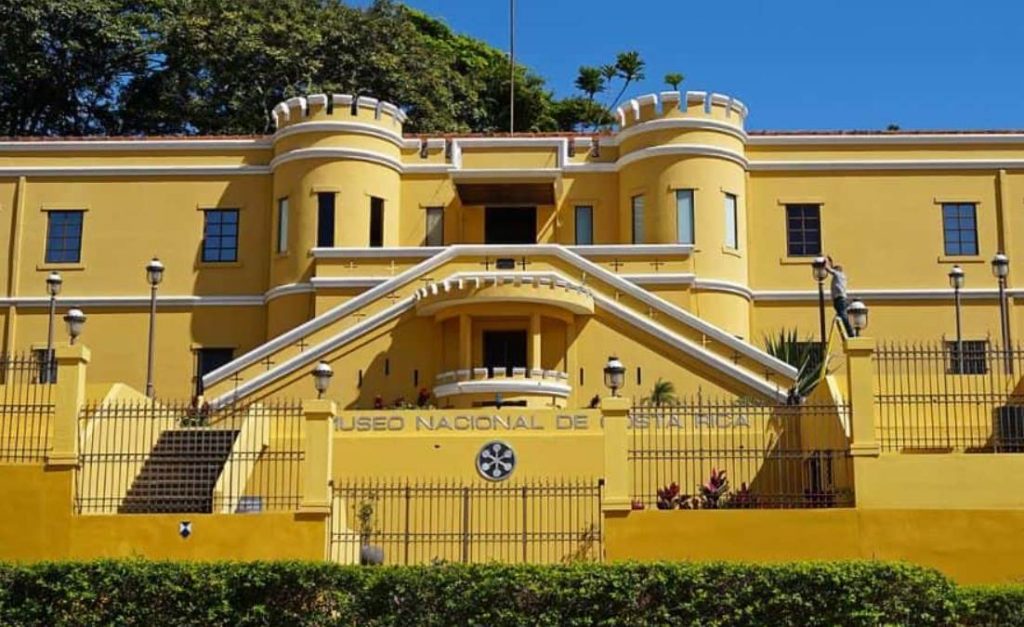
7. Paseo Colon Towers
The Paseo Colon Towers are locally known as the “Torres Paseo Colón” and were the tallest buildings in Costa Rica upon completion.
They reach a height of 101.3 meters (332.34 feet) and 98.2 meters (322.17 feet) which means only one of them can be classified as a skyscraper.
The two towers were constructed in two phases between 2010 and 2014 and lost the record to the Leumi Business Center, a building that stands 141 meters 462 feet) tall and which was completed in 2021.

8. Guayabo National Monument
The Guayabo National Monument is an archaeological site that is part of the Central Conservation Area in the Cartago Province in the heart of the country.
It covers an area of 2.3 square kilometers (0.89 square miles) and is surrounded by dense rainforests, something that makes excavating the area a complicated endeavor.
The structures on the site were part of an area that was populated as early as 1000 B.C. but which was suddenly abandoned in the 15th century, about a century before the Spanish arrived. Nobody knows why this happened.
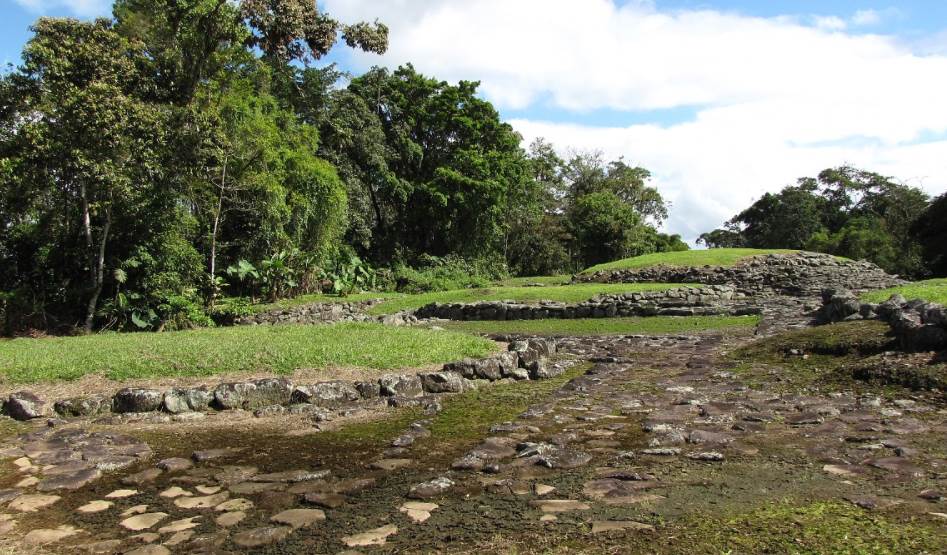
9. Santiago Apóstol Parish Ruins
The Santiago Apóstol Parish Ruins is another cultural heritage site in Costa Rica that is located in the city of Cartago. It’s the location of multiple church buildings that were built here as early as the year 1575.
The first church was destroyed by an earthquake, only to be rebuilt in the 17th century. The large church was destroyed and rebuilt multiple times with the last attempt being canceled indefinitely in 1910.
What we see today is a snapshot in time that the plans to rebuild the church in the early 20th century were finally shelved. It’s the only church in Costa Rica that was constructed in the Romanesque architectural style.

10. Alajuela Cathedral
Alajuela Cathedral is located in the city with the same name in the north-central part of the country. It’s the second-largest church in Costa Rica and is officially known as “Our Lady of the Pillar Cathedral.”
The original structure on this location was a small chapel that was constructed in the year 1782. A much larger church was built between 1854 and 1863.
The current version of the church was completed between 1946 and 1967 and was heavily influenced by Spanish colonial architecture, although it also features Neoclassical elements.
